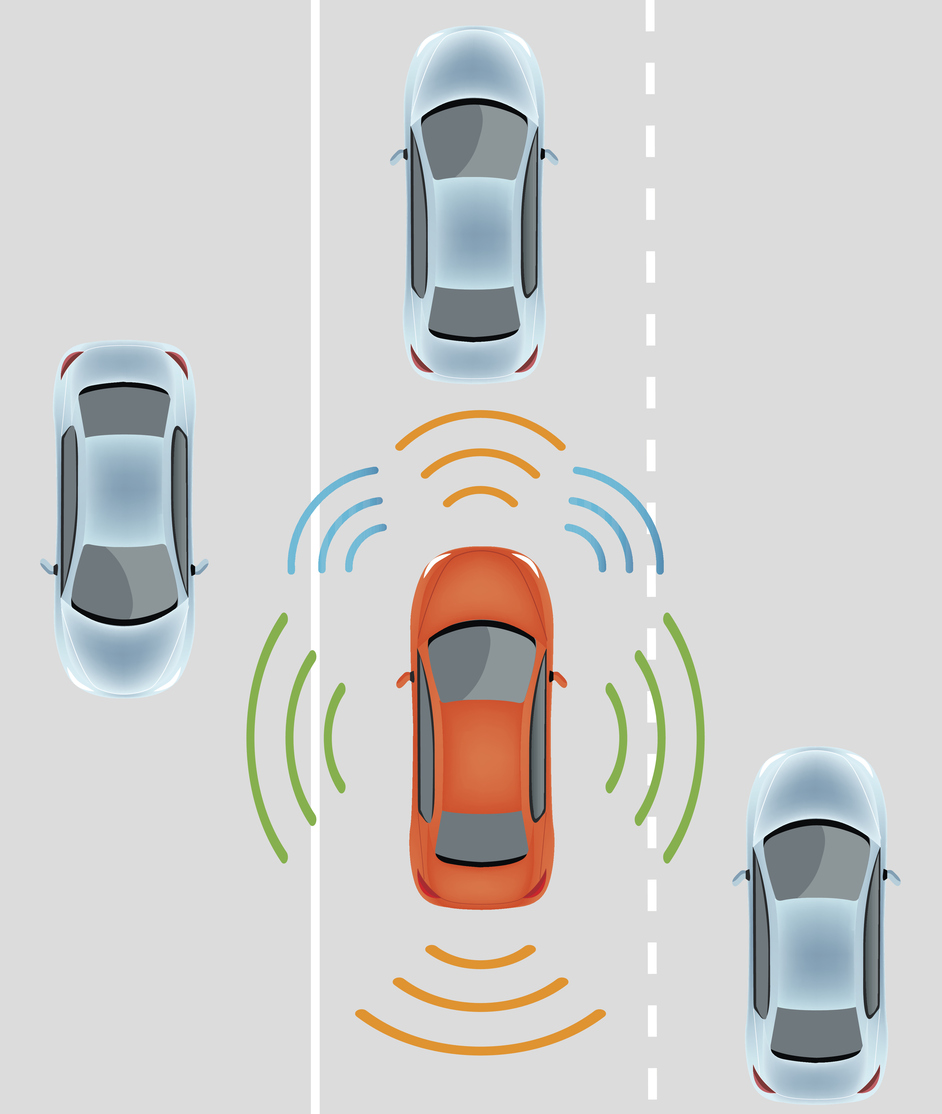By: Srikanth Saripalli, Texas A&M University

Image: CC0 Public Domain
What should a self-driving car do when a nearby vehicle is swerving unpredictably back and forth on the road, as if its driver were drunk? What about encountering a vehicle driving the wrong way? Before autonomous cars are on the road, everyone should know how they’ll respond in unexpected situations.
I develop, test and deploy autonomous shuttles, identifying methods to ensure self-driving vehicles are safe and reliable. But there’s no testing track like the country’s actual roads, and no way to test these new machines as thoroughly as modern human-driven cars have been, with trillions of miles driven every year for decades. When self-driving cars do hit the road, they crash in ways both serious and minor. Yet all their decisions are made electronically, so how can people be confident they’re driving safely?
Fortunately, there’s a common, popular and well-studied method to ensure new technologies are safe and effective for public use: The testing system for new medications. The basic approach involves ensuring these systems do what they’re intended to, without any serious negative side effects – even if researchers don’t fully understand how they work.


 Much of the push toward self-driving cars has been underwritten by the
Much of the push toward self-driving cars has been underwritten by the